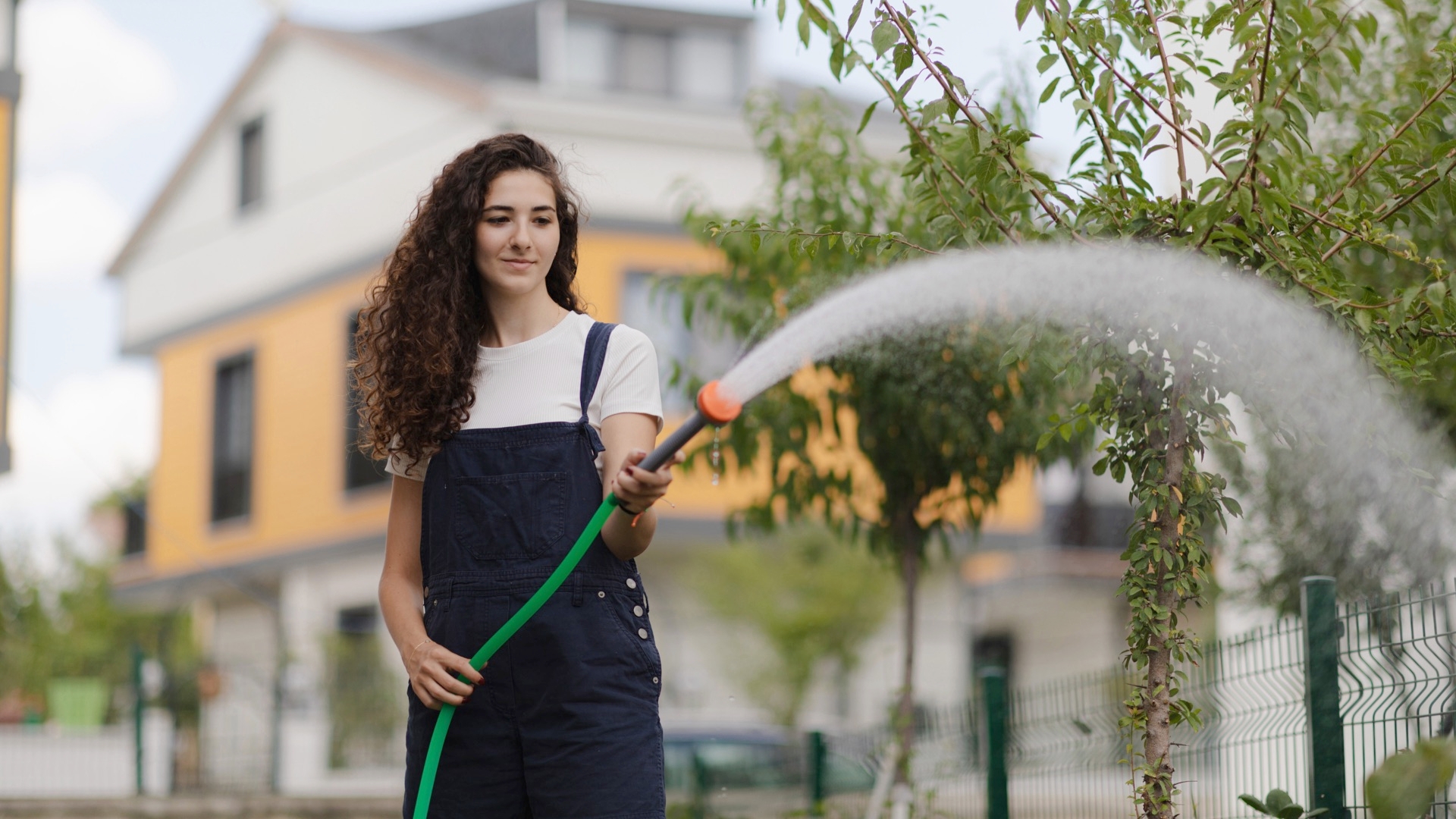Fleas In The Spring And Summer:
Summary:
Fleas are particularly annoying to people and pets, especially during spring and early summer when their during spring and early summer when their numbers tend to increase dramatically. numbers tend to increase dramatically.
Fleas are particularly annoying to people and pets, especially during spring and early summer when their during spring and early summer when their numbers tend to increase dramatically. numbers tend to increase dramatically. The common flea in California is the cat flea. Despite its name, it attacks both dogs and cats and will also bite humans. To keep fleas out of your home, control fleas on your pet and regularly clean pet sleeping areas.
On the pet:
Recently, a number of very effective and safe new products for flea control on the pet have become available. Remember to supplement pet treatments with regular cleaning of your home and periodic combing with a pet flea comb to detect new infestations.
- Spot-on formulations are applied to the animal's coat, providing flea control for 1 to 3 months. Available from veterinarians or overthe-counter.
- Systemic flea control products, available from vets, are given as a pill or food additive. While they do not kill adult fleas, they prevent reproduction.
- Flea collars containing insect growth regulators (IGRs) give protection for up to 6 months on dogs and up to a year on cats. Be sure to choose collars containing methoprene or pyriproxyfen.
- Flea shampoos and soaps, powders and dusts, spray-on liquids, and dips are less effective and more hazardous to pets, people, and the environment than the three types of products above.
In the yard:
Outdoor treatment is rarely needed, but if your pet regularly sleeps outside and flea numbers are high, these areas can be treated with a spray containing pyriproxyfen. If possible, open sleeping areas to sunlight by removing low hanging vegetation. Immature fleas are unlikely to survive in areas with exposure to sunlight.
Inside the home:
Whether or not you are aware of fleas in your home, regularly vacuum and launder areas where your pet rests to avoid flea buildup. If you have a major flea problem, treat your pet with one of the options on the front of this card and follow the steps below.
- Locate heavily infested areas (usually areas where the pet rests) and concentrate treatment there.
- Wash throw rugs and pet bedding.
- Vacuum upholstered furniture, cleaning under cushions and in crevices.
- Vacuum carpets, especially beneath furniture.
- Use a hand sprayer or aerosol to treat all carpets and unwashable upholstered furniture with an insecticide that contains an IGR (methoprene or pyriproxyfen). This treatment kills larvae but not pupae, so fleas may continue to emerge for up to 2 weeks.
- Over the next 2 weeks vacuum regularly to remove adult fleas that emerge from pupae. Do not reapply pesticides.
- Seal vacuum bags and discard them so fleas don't escape.
Use NON-CHEMICAL methods & LEAST TOXIC pesticides. WHY? Runoff from around your home and garden carries water containing pesticides that pollute our streams, rivers, lakes and oceans. It's the water that connects us!


